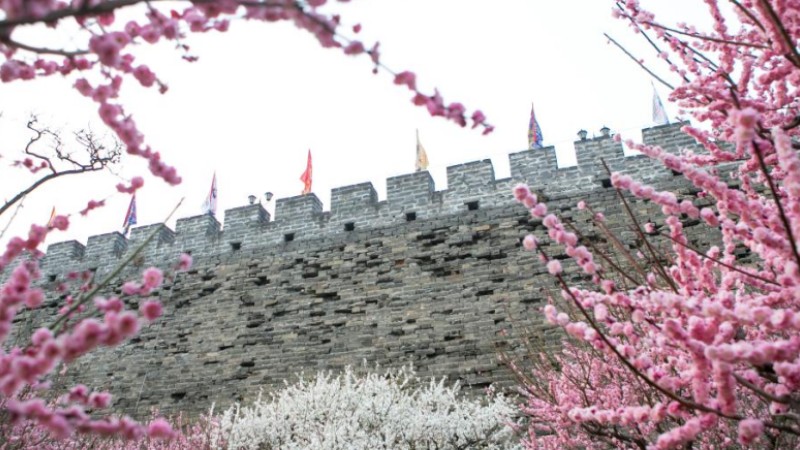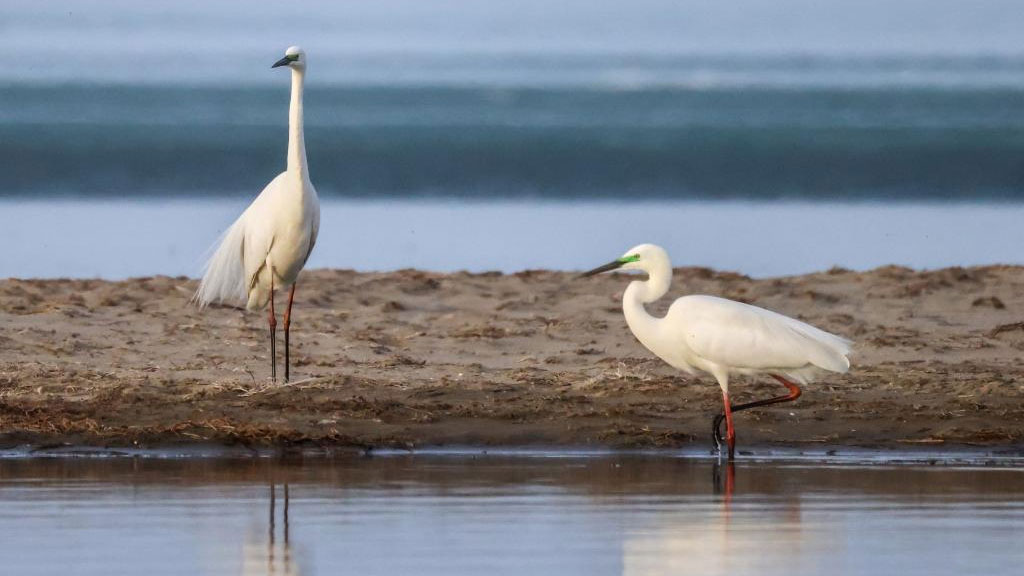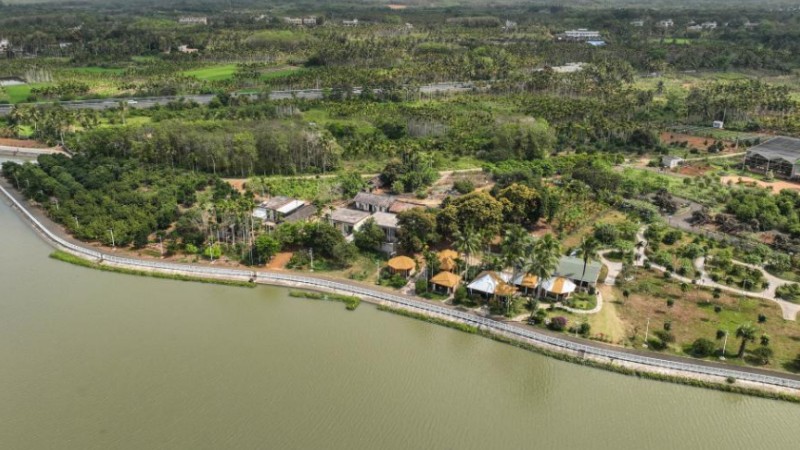Pic story of karez wells in Xinjiang
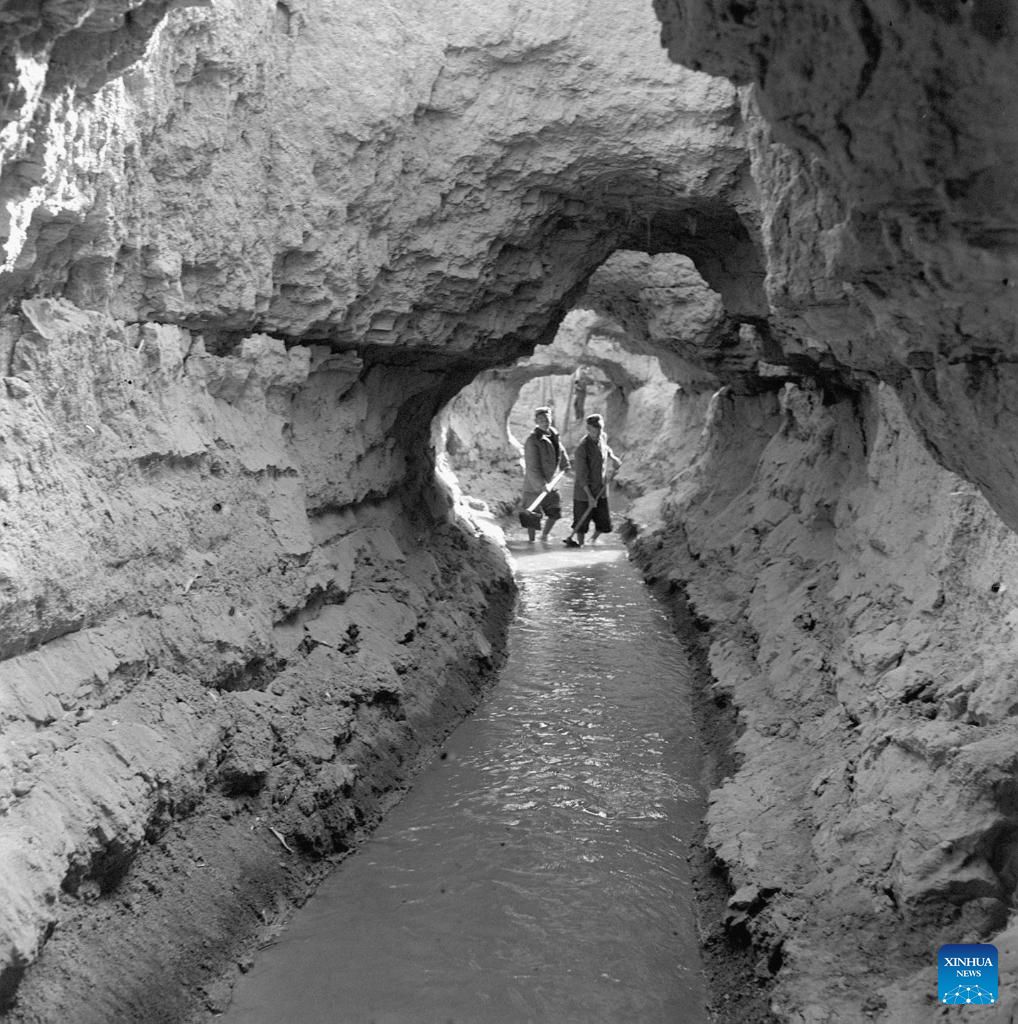
This file photo taken on May 9, 1963 shows local farmers checking the conditions of water flow along an underground channel in Turpan, northwest China's Xinjiang Uygur Autonomous Region. (Xinhua/Li Yifang)
Located at the southern foot of the Tianshan Mountains, Turpan in Xinjiang Uygur Autonomous Region is one of the driest and hottest places in China, with an average annual precipitation of only 16 millimeters and evaporation of up to 3,000 millimeters. In order to make this vast Gobi into a comfortable and livable oasis, the local people found new way as water reserve in karez well, an invention that provides water source from generations on.
The karez wells consists of vertical shafts and subterranean canals that surface in the form of ditches and small ponds. The karez irrigation system, composed of vertical shafts, subterranean and ground canals, and small reservoirs, was built 2,000 years ago and is considered one of China's greatest surviving ancient man-made structures, along with the Great Wall and the Grand Canal.
Over the years, the local government has mobilized and organized the broad masses of farmers to protect the karez wells, and a joint force is formed to protect and make better use of the karez wells.
An important agricultural heritage, the karez wells are still playing an important role in local agricultural irrigation and even social life.
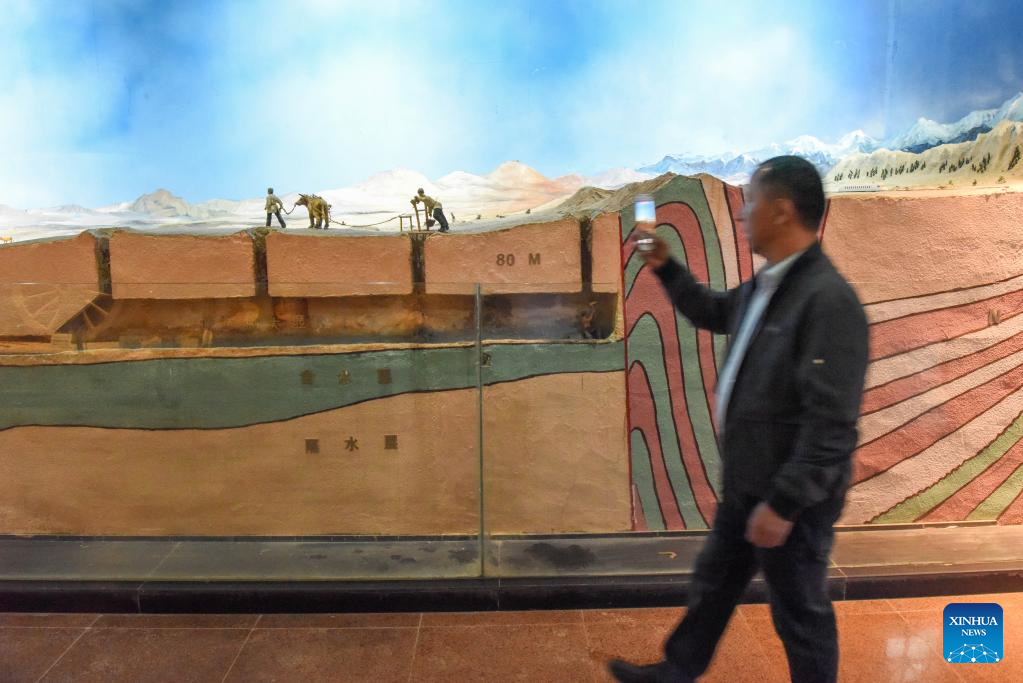
A tourist views a model of karez wells at a scenic spot of karez wells in Turpan, northwest China's Xinjiang Uygur Autonomous Region, March 11, 2023. (Xinhua/Ding Lei)
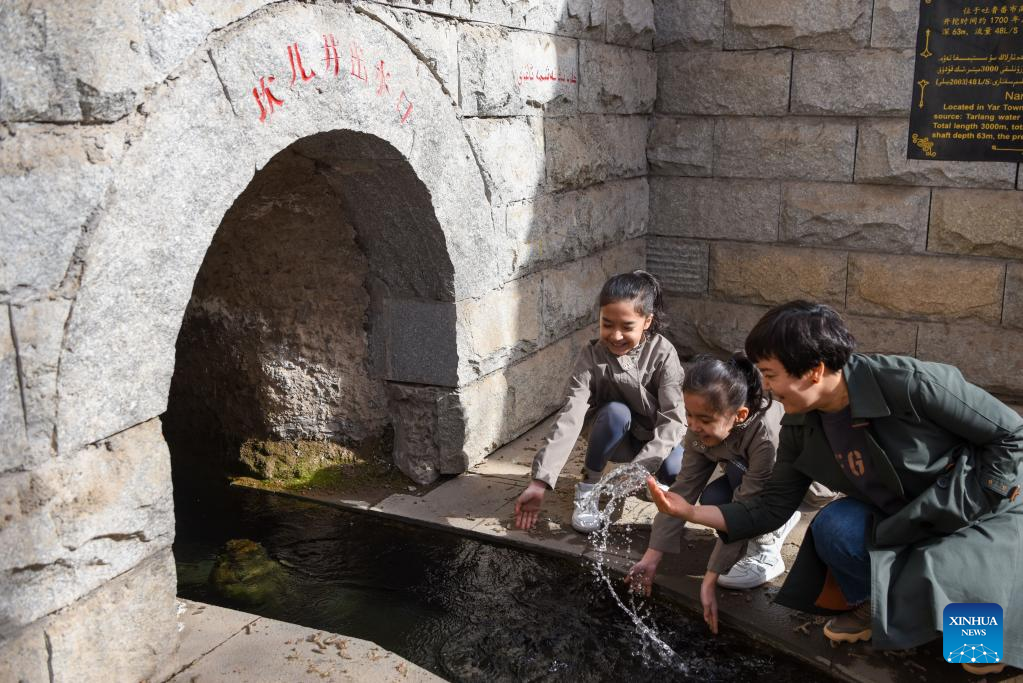
Tourists visit a scenic spot of karez wells in Turpan, northwest China's Xinjiang Uygur Autonomous Region, March 11, 2023. (Xinhua/Ding Lei)
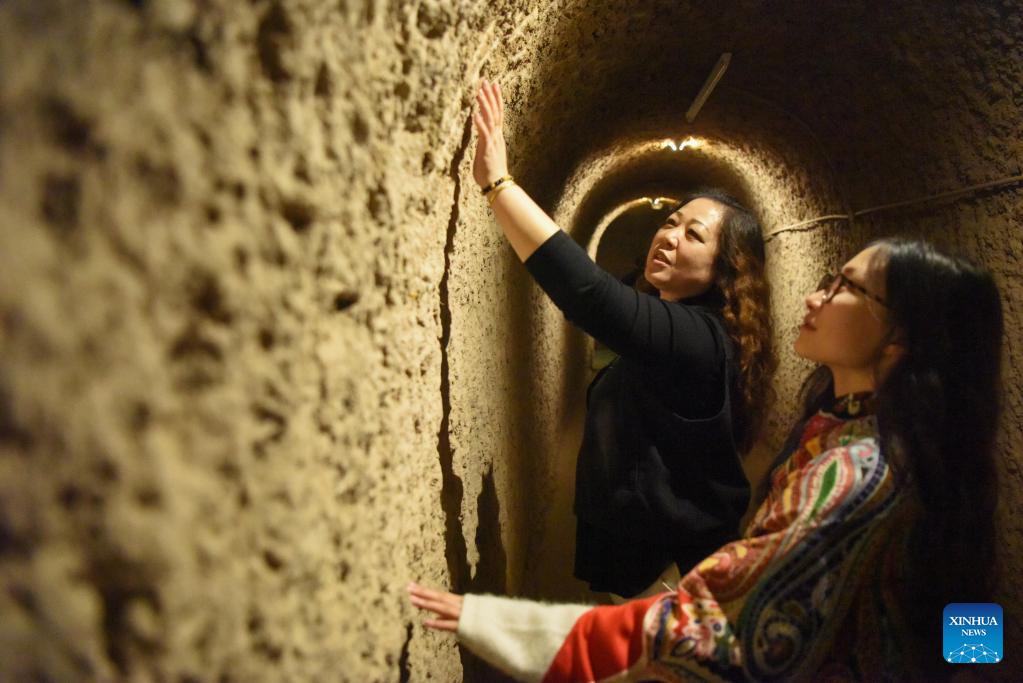
Tourists visit a scenic spot of karez wells in Turpan, northwest China's Xinjiang Uygur Autonomous Region, March 11, 2023. (Xinhua/Ding Lei)

This photo taken on March 11, 2023 shows a folk house in Turpan, northwest China's Xinjiang Uygur Autonomous Region. (Xinhua/Ding Lei)
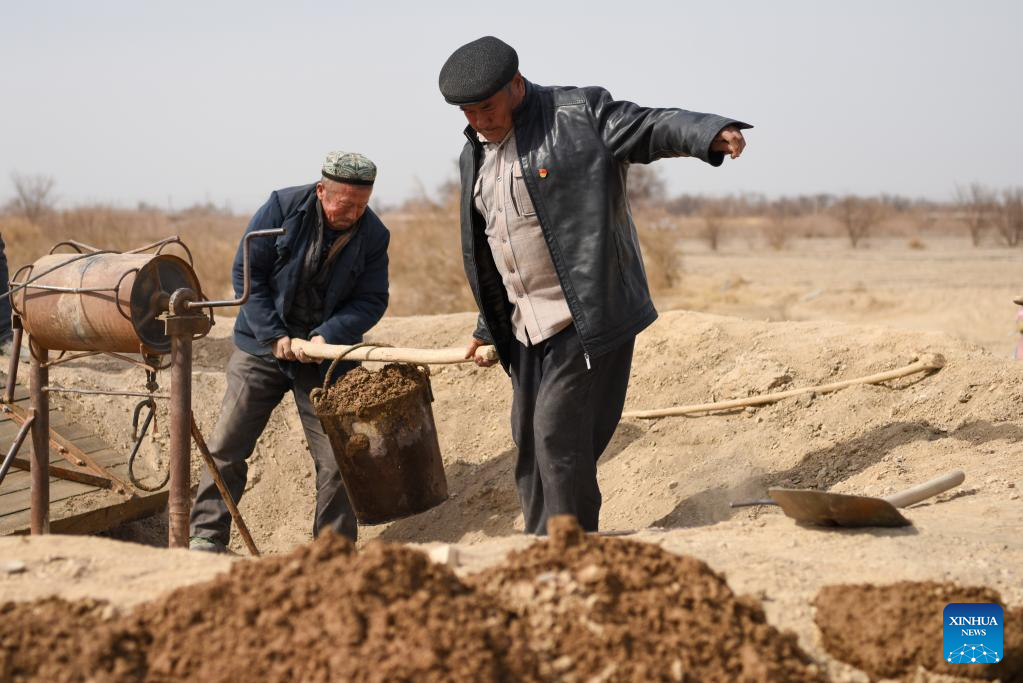
Dredging workers dump mud from a karez well in Turpan, northwest China's Xinjiang Uygur Autonomous Region, March 9, 2023. (Xinhua/Ding Lei)
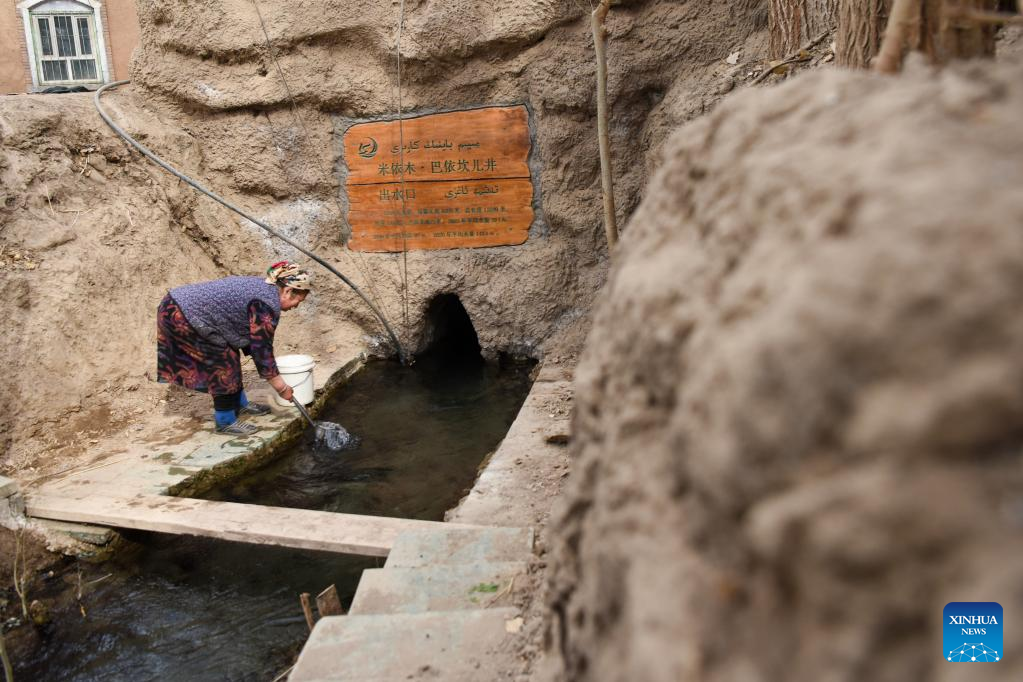
A resident fetches water from the outlet of a karez well in Turpan, northwest China's Xinjiang Uygur Autonomous Region, March 7, 2023. (Xinhua/Ding Lei)
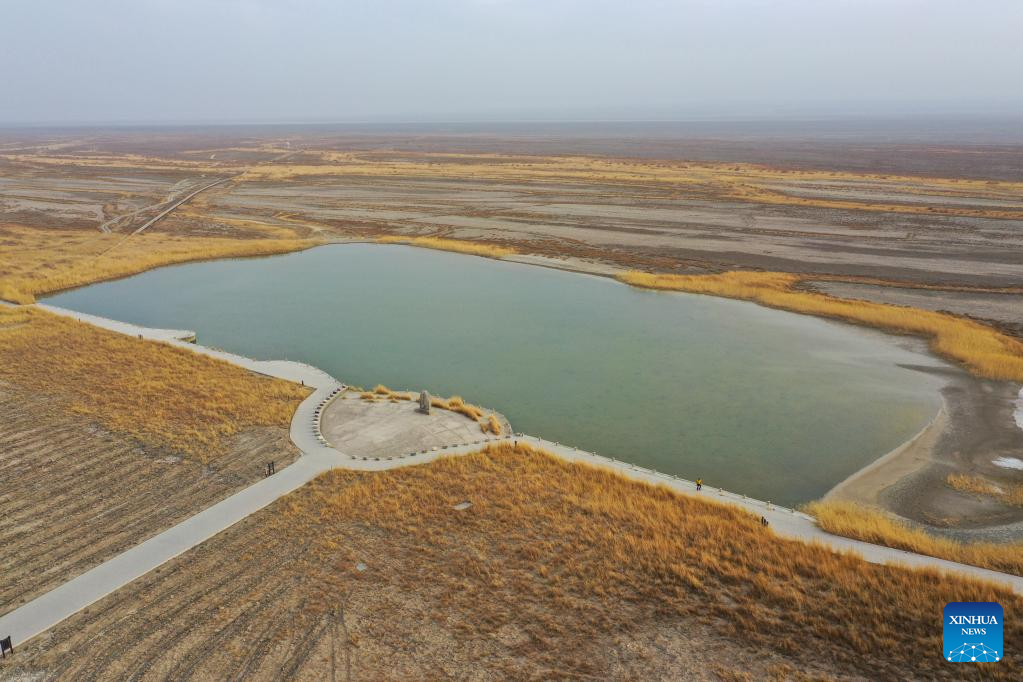
This photo taken on March 7, 2023 shows the view of Aydingkol Lake in Turpan, northwest China's Xinjiang Uygur Autonomous Region. (Xinhua/Ding Lei)
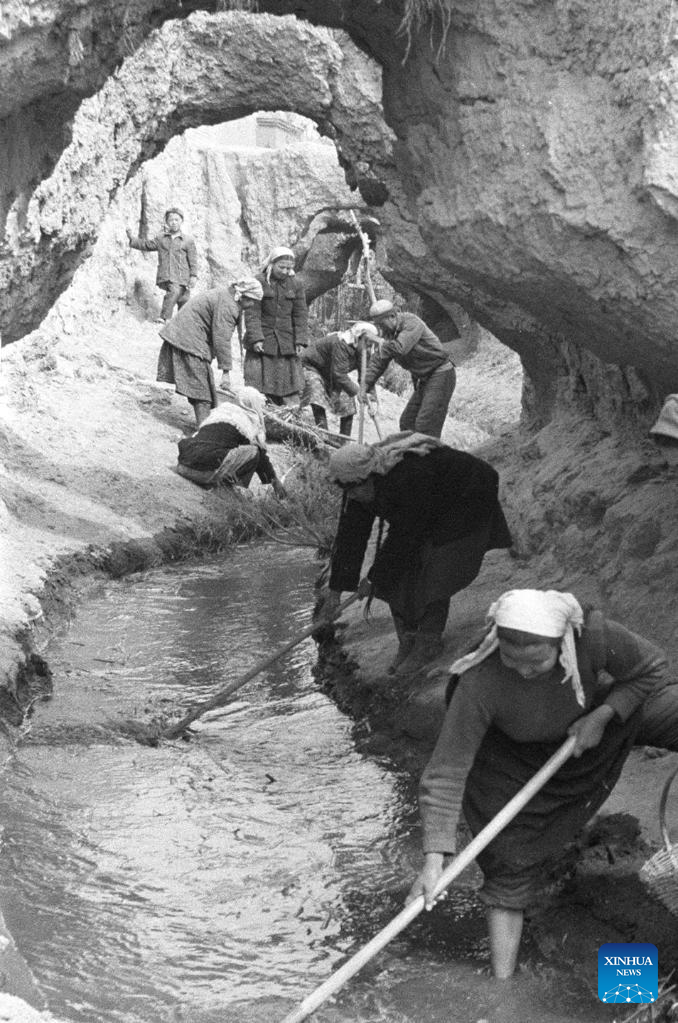
This file photo taken in 1963 shows people maintaining a karez well in Turpan, northwest China's Xinjiang Uygur Autonomous Region. (Xinhua/Wu Chunzhan)
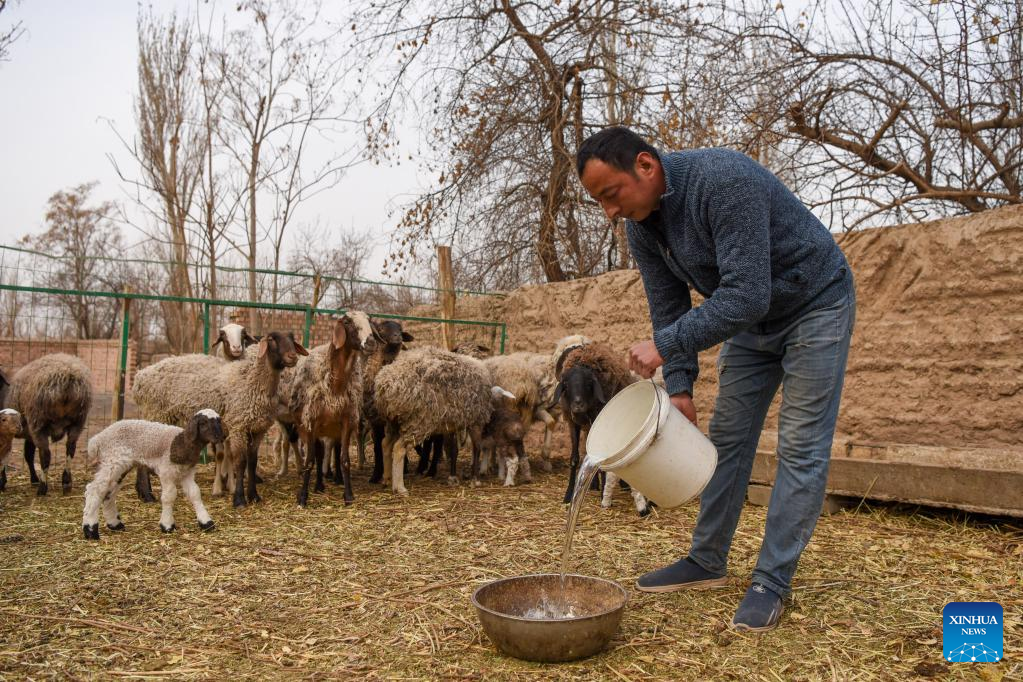
A farmer pours water fetched from karez wells to feed sheep in Turpan, northwest China's Xinjiang Uygur Autonomous Region, March 7, 2023. (Xinhua/Ding Lei)
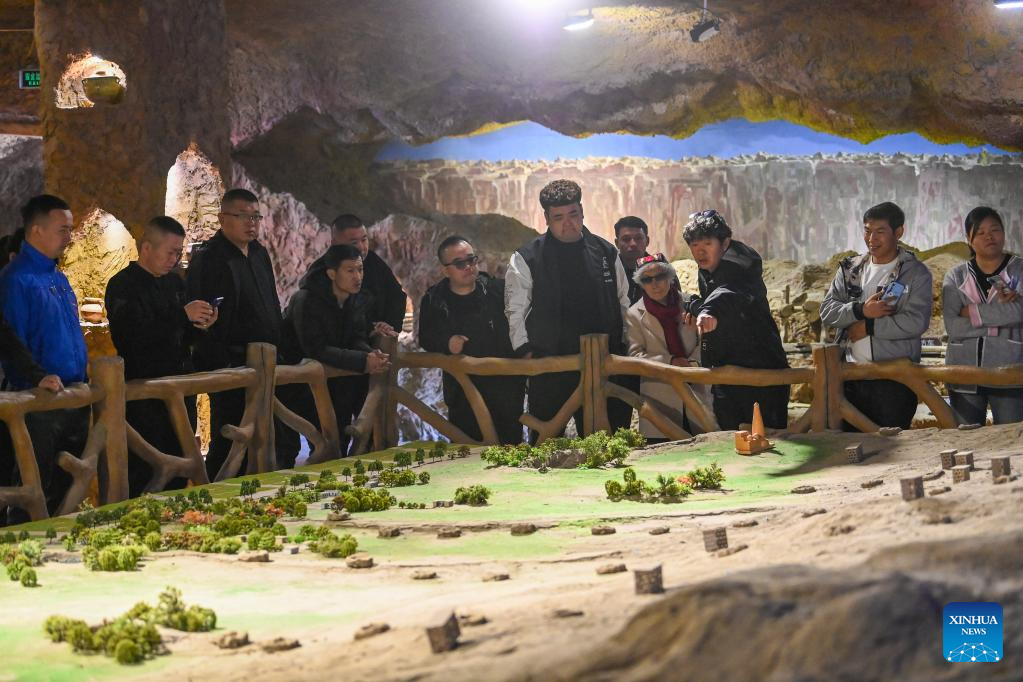
Tourists visit a folk park of karez wells in Turpan, northwest China's Xinjiang Uygur Autonomous Region, March 12, 2023. (Xinhua/Ding Lei)
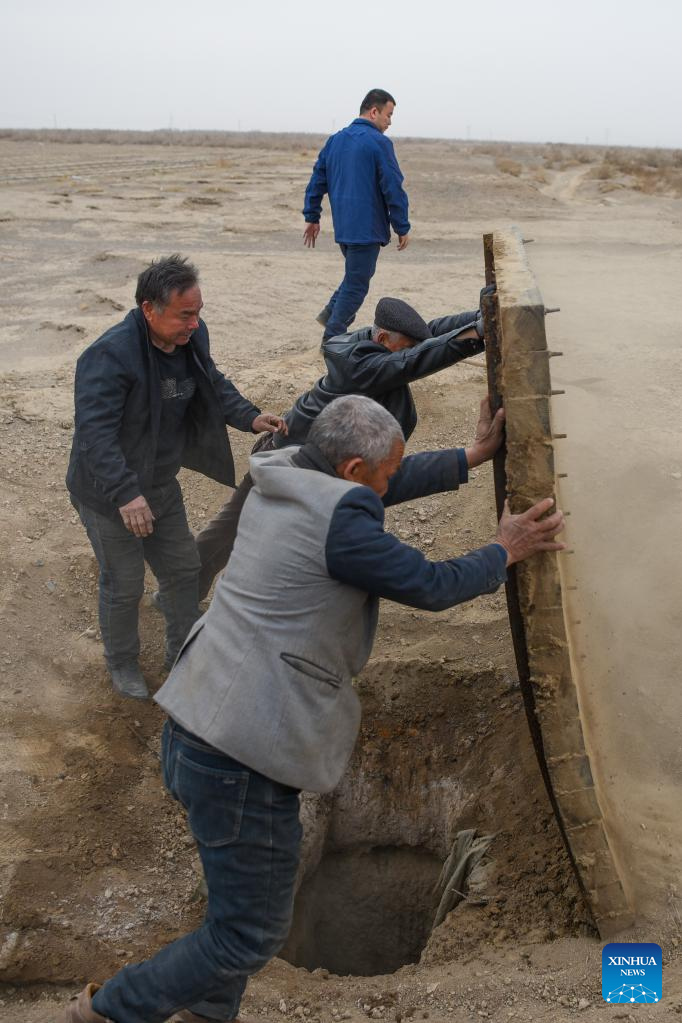
Dredging workers open the cover of a vertical shaft of a karez well in Turpan, northwest China's Xinjiang Uygur Autonomous Region, March 9, 2023. (Xinhua/Ding Lei)
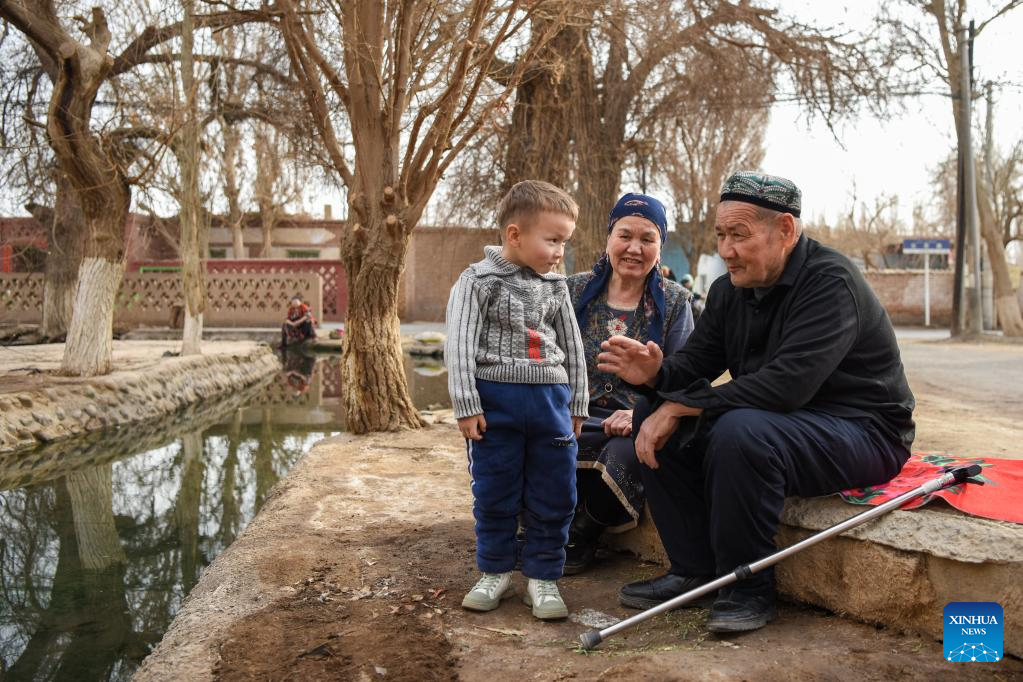
A 73-year-old man tells his grandson the story of building karez wells when he was a child in Turpan, northwest China's Xinjiang Uygur Autonomous Region, March 7, 2023. (Xinhua/Ding Lei)
Photos
Related Stories
Copyright © 2023 People's Daily Online. All Rights Reserved.






